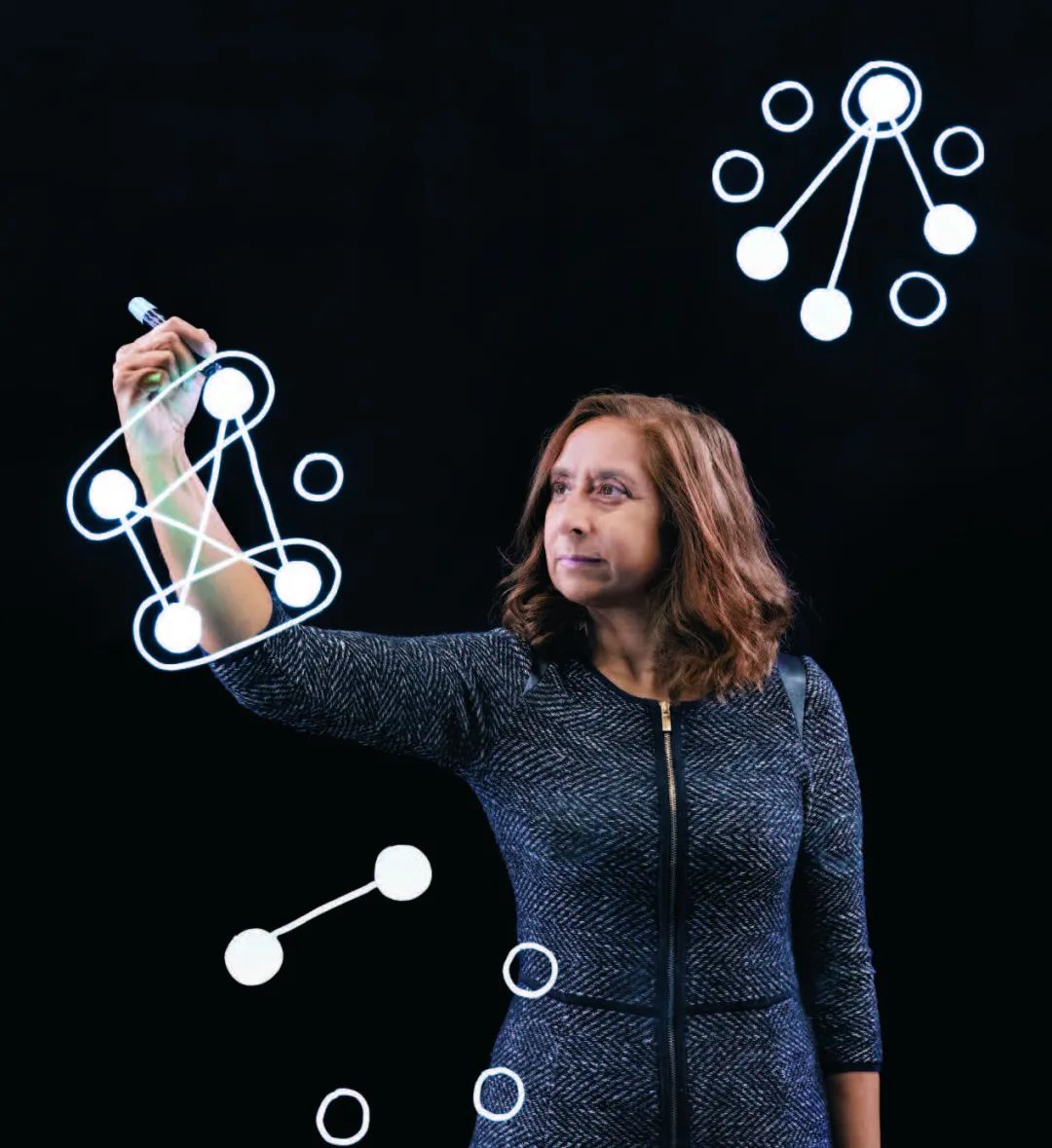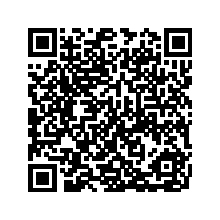Discovery at Carlson·31 Flipping the Script on Team Conflict Research Assumptions

Flipping the Script on Team Conflict Research Assumptions
Conflict has long been thought to occur on a team level. Meaning that if conflict exists, every team member is affected by it. However, new research is turning that traditional thinking on its head. A paper co-authored by Carlson School of Management Associate Professor Pri Shah suggests answers lie at different levels.

“[Our findings] provide a new road map for how to do conflict research,” Shah said.
Published in Administrative Science Quarterly, Shah and her colleagues analyzed conflict within teams to better understand where conflict originates, how it evolves over time, and ultimately, affects team performance.
They completed a series of three studies: a qualitative study of conflict narratives shared by students enrolled in an executive management course; a longitudinal study of undergraduate students in a group project over the course of a semester; and a field study of employee teams at a Chinese electric bicycle manufacturer.
“Understanding where conflict originates and how it evolves over time provides managers with an opportunity for more targeted conflict resolution.”
The research group categorized team conflict origins into four levels: individual (one person impacting others separately), dyad (conflict between two people), subgroup (conflict shared among three or more people), and team level (every team member is directly involved in the conflict).
The researchers determined team conflict is not uniform, shared, or static—a significant departure from longtime assumptions—and found conflict involving a whole team is rare. Instead, conflict more commonly starts at smaller levels within the team. Disagreement between two people is the most frequent point of origin. Experiences for each team member are also unique as they could be the instigator, a participant, or an observer of the conflict.
“I think the main takeaway [for managers] is you really have to have a good handle on knowing the social landscape of your team,” Shah said.
“Understanding where conflict originates and how it evolves over time provides managers with an opportunity for more targeted conflict resolution.”
It also informs when managers may want to wait to intervene. Team performance saw a positive influence when task conflict originated from an individual or between two people, even though the other team members weren’t directly involved.
“That’s when you really get the benefit of having constructive controversy or diverging opinions and debate within your team,” Shah said.
For example, in a meeting of five people, there may be two individuals who start to take different sides on how to solve an issue. Their discussion then sparks a creative solution amongst the team, ultimately increasing the team’s overall performance. While only two people were involved in the conflict, the entire team experienced the benefit of the conflict. Research showed the same benefit did not exist when there was task conflict among all team members.
Surprisingly, the researchers found conflict tended to be “sticky” and persist where the conflict originated instead of the commonly held “bad apple” notion that it would spread over time and infect the entire team. While the cause of this remains unclear, Shah says this offers good news for managers.
“This means you have some time to diagnose where the conflict resides before trying to resolve the conflict. The conflict is likely to be contained to where it started and not diffuse quickly throughout the team,” said Shah.
The study’s overall findings flip the script on long-held ideas in conflict research, opening new pathways forward.
“Instead of looking at it as a team-level phenomenon, now we’re seeing there’s something within the dyadic relationship within the team when you’re looking at the conflict relationship,” she said. “And from that you can figure out what the configuration of conflict is within a team and see where it originates and how it evolves over time.”

颠覆团队冲突研究的通常假设
长期以来,人们认为冲突都是团队层面的。换言之,一旦发生冲突,团队中的每个成员都会受到影响。但这一传统认知正在受到挑战。卡尔森管理学院副教授Pri Shah与其他学者共同撰写了一篇论文,证明冲突存在于多个层面。
“我们的发现为研究冲突提供了一条新的路线,”Shah教授说。
该论文发表在《管理科学季刊》。在论文中,Shah教授和合著者通过分析团队内的冲突,来了解冲突的起源、冲突的演变、以及冲突对团队绩效的影响。
研究者们完成了三项调研:对某高管课程的学生的冲突叙述进行定性研究;对本科生在小组项目中的表现进行纵向研究,为期一个学期;对中国某电动车厂商的员工团队展开实地研究。
研究小组将团队冲突的起源分为四个层面:个人层面(一个人对其他人分别产生影响)、双人层面(两个人之间发生冲突)、小组层面(冲突涉及三人及以上)和团队层面(每个团队成员都直接参与冲突)。
研究人员发现,团队冲突表现出不统一、非共享、非静态的特征,这一发现与长期以来的假设存在重大分歧。此外,涉及整个团队的冲突是罕见的,冲突往往起源于更低的层面,其中双人层面是最常见的起源点。每个团队成员在冲突中的经历也不同,因为他们担当的角色迥异,可能是冲突的煽动者、参与者或观察者。
“我认为[对于管理者而言]主要收获是,你必须深入理解团队的整体状况。理解冲突的起源和演变,让管理者能够更有针对性地解决冲突。”
除此之外,这一研究还告诉管理者们,有时不应急于进行干预。当任务冲突发生在个人层面或双人层面时,团队绩效会受到积极影响,即使其他团队成员没有直接参与冲突。
“团队中会出现建设性的争论、分歧和讨论,这对团队绩效大有裨益。”Shah教授表示。
例如,某个会议有五名与会人员,其中两人对某个问题的解决持不同意见。随后,他们的讨论启发了其他人,形成了一个创造性的解决方案,最终提高了团队的整体表现。虽然只有两人参与了冲突,但整个团队都从中受益。研究表明,如果任务冲突发生在团队层面,所有团队成员都参与了冲突,则不存在上述收益。
令人惊讶的是,研究人员发现冲突具有“粘性”,其范围会维持在冲突的起源点。这一发现不同于人们通常相信的“坏苹果”规律,即冲突会随着时间的推移而扩散到整个团队。虽然原因尚不清楚,但Shah教授表示,这对于管理人员而言是一个好消息。
“这意味着,在着手解决冲突之前,你有一些时间来判断冲突的范围。冲突可能被控制在起源点,而不会迅速扩散到整个团队。”
该研究颠覆了冲突研究领域中长期存在的观点,开辟了新的研究方向。
“现在,我们不再简单地把冲突视为团队层面的事件。出现冲突时,我们需要观察团队中的双人关系,据此去理解冲突的性质、起源点,以及它将如何随着时间演变。”
Associate Professor, Work & Organization,CSOM
Biography
Priti Pradhan Shah is an Associate Professor in the Department of Work and Organizations at the Carlson School of Management, University of Minnesota. Her primary research areas are Social Networks, Teams and Decision-Making. Her research is published in Organization Science, Academy of Management Journal, Journal of Applied Psychology, Journal of Personality and Social Psychology and Organizational Behavior and Human Decision Processes among others. Her areas of teaching expertise include Negotiations, Organizational Behavior, Teams and Social Networks. In addition to the Carlson School, she has taught at MIT and Yale. She also held a Visiting Scientist position at the Mayo Clinic during her sabbatical. Professor Shah has undergraduate degrees in Psychology and Biology from the University of Rochester. She holds a Masters and PhD in Organizational Behavior from Kellogg School of Management at Northwestern University.




